The human brain has long been considered the final frontier of medical science, a labyrinth of electrochemical signals that dictate everything from our motor functions to our deepest emotions. For decades, depression has been treated through a combination of psychotherapy and pharmaceuticals, often with inconsistent results. But a groundbreaking development in neurotechnology is challenging traditional approaches: emotion-regulation chips designed to interface directly with the brain’s neural circuits. These implantable devices, still in experimental stages, promise a future where depression could be managed not with pills, but with precision-engineered electrical impulses.
The concept of neural interfaces for mental health isn’t entirely new. Deep brain stimulation (DBS) has been used for years to treat Parkinson’s disease and epilepsy. However, adapting this technology for mood disorders requires a far more nuanced understanding of how emotions are encoded in the brain. Recent advances in machine learning and neural mapping have allowed researchers to identify specific patterns of activity associated with depressive states. By detecting these patterns in real time, emotion-regulation chips can deliver targeted stimulation to counteract negative emotional shifts before they fully manifest.
One of the most promising aspects of this technology is its potential for personalization. Unlike antidepressants, which often take weeks to show effects and may require trial-and-error dosing, neural interfaces can be calibrated to an individual’s unique brain chemistry. Early clinical trials have shown that participants experience relief from depressive symptoms within minutes of stimulation. The chips are designed to learn and adapt over time, fine-tuning their responses based on feedback from the patient’s own neural activity. This dynamic adjustment could revolutionize treatment for those who have found little success with conventional therapies.
Ethical questions, however, loom large. The idea of implanting a device that can directly influence emotions raises concerns about autonomy and identity. Could such technology fundamentally alter who we are? Critics argue that tampering with neural circuits might suppress not just negative emotions, but the full spectrum of human experience. Proponents counter that the goal is not to eliminate sadness altogether, but to restore balance in brains where natural regulation has failed. The debate echoes earlier controversies surrounding antidepressants, but with higher stakes due to the direct and immediate nature of neural intervention.
Another challenge lies in the technical limitations of current prototypes. While early results are encouraging, the long-term effects of continuous brain stimulation remain unknown. There are also practical hurdles, such as power supply and device longevity. Some researchers are exploring wireless charging solutions, while others are working on biodegradable chips that dissolve after delivering their therapeutic effects. The ideal system would be minimally invasive, self-sustaining, and capable of operating seamlessly within the brain’s delicate ecosystem.
Despite these challenges, the field is advancing rapidly. Major tech companies and biomedical startups alike are investing heavily in neurotechnology, sensing a transformative shift in mental healthcare. Governments are also taking notice, with regulatory bodies scrambling to establish frameworks for testing and approval. If successful, emotion-regulation chips could extend beyond depression to address anxiety, PTSD, and even chronic pain. The implications are staggering, offering hope to millions who have exhausted other treatment options.
The road ahead is fraught with both promise and peril. As with any emerging technology, the key will be balancing innovation with caution. For now, emotion-regulation chips remain confined to laboratories and controlled trials. But the day may not be far off when neural interfaces become a standard tool in the fight against depression, reshaping not just how we treat mental illness, but how we understand the very nature of human emotion.
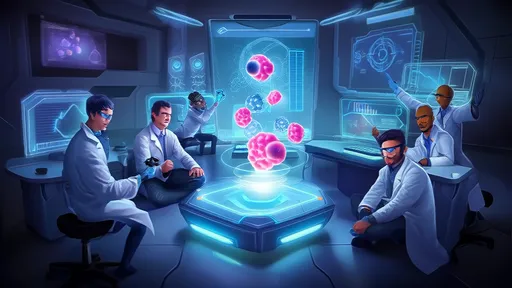
By /Jul 2, 2025

By /Jul 2, 2025

By /Jul 2, 2025
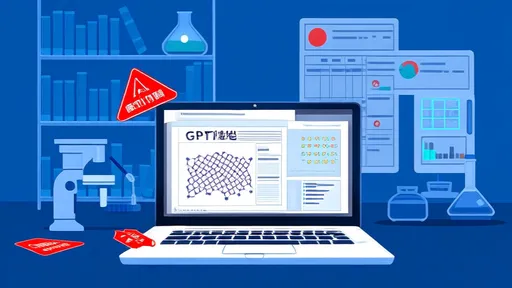
By /Jul 2, 2025

By /Jul 2, 2025
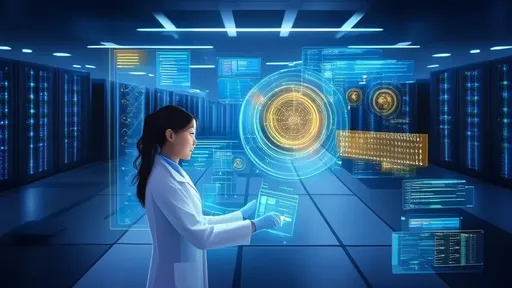
By /Jul 2, 2025
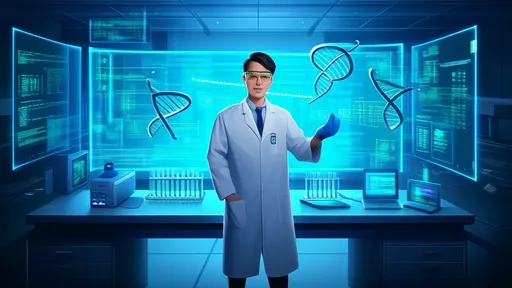
By /Jul 2, 2025

By /Jul 2, 2025

By /Jul 2, 2025

By /Jul 2, 2025

By /Jul 2, 2025

By /Jul 2, 2025

By /Jul 2, 2025
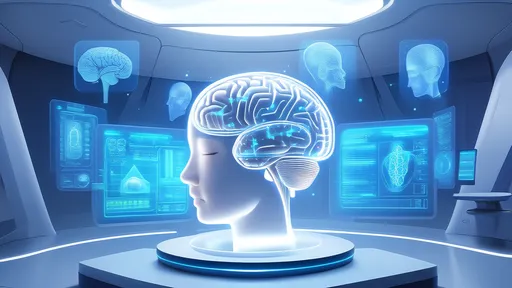
By /Jul 2, 2025

By /Jul 2, 2025

By /Jul 2, 2025
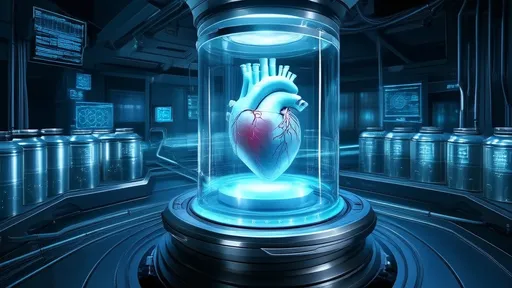
By /Jul 2, 2025

By /Jul 2, 2025
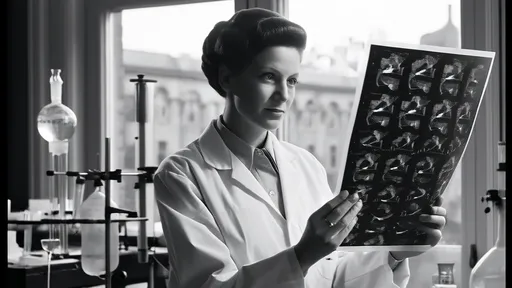
By /Jul 2, 2025

By /Jul 2, 2025